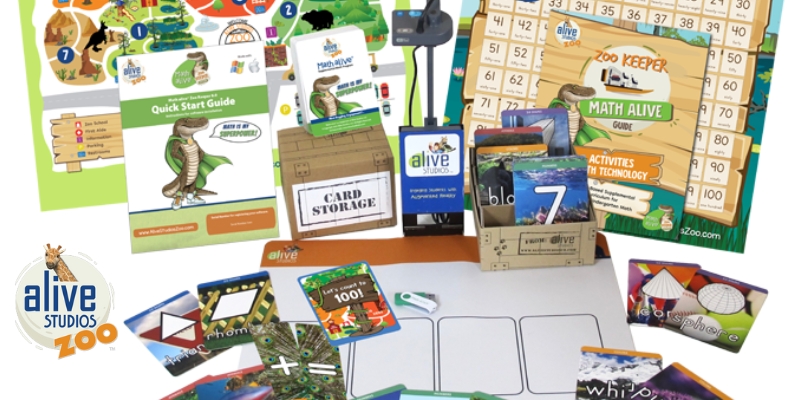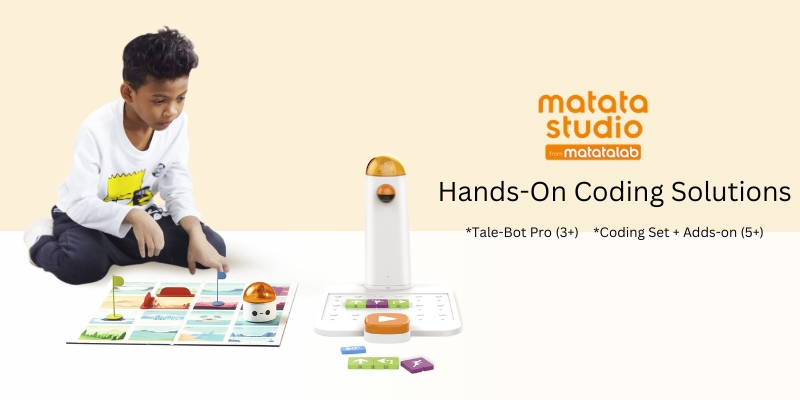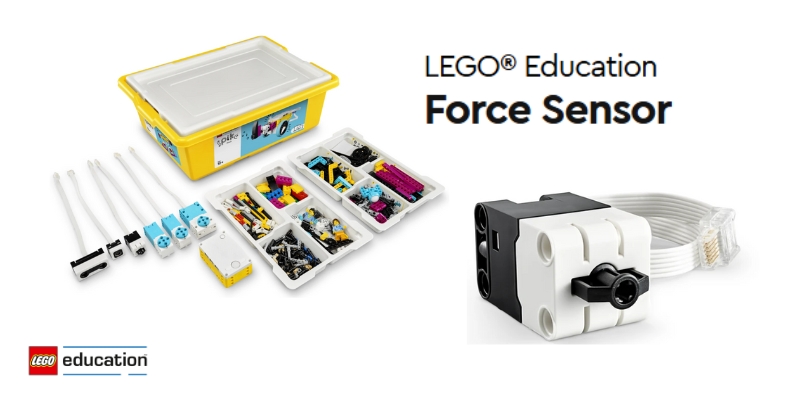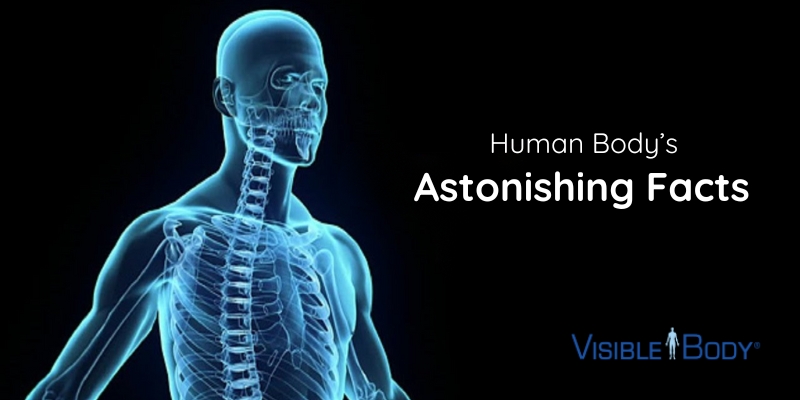
Understanding Potential Energy & How It Powers Our World
Energy is all around us, constantly at work, even when we can’t see or feel it. Objects that appear to be still, also seem to hold energy in some form. One such form of energy, stored due to an object’s position or condition, is called potential energy. In this blog, let us dive into understanding potential energy, its types, and its role in everyday life.
What is Potential Energy?
As the name implies, potential energy is energy that has the potential to transform into another type of energy. It is stored within an object due to its position, configuration, or condition. This type of energy depends on factors like the object’s mass, height, or deformation in a system.
There are two types of potential energy:
- Gravitational Potential Energy
- Elastic Potential Energy
Gravitational Potential Energy
Gravitational potential energy (GPE) is the energy an object has because of its position above the ground or near another large object. It depends on how high the object is and how heavy it is.
The formula for calculating gravitational potential energy is:
GPE=mghGPE = mghGPE=mgh
- m is the object’s mass
- g is the acceleration due to gravity (9.8 m/s² on Earth)
- h is the height of the object above a reference point
Gravitational potential energy increases with greater mass or height. For instance, a heavy rock lifted high above the ground will have more GPE than a lighter rock at the same height. Similarly, the higher an object is raised, the more GPE it stores.
Real-Life Examples of Gravitational Potential Energy
- Coconut Falling from a Tree: A coconut high up in a tall tree has more GPE than an apple in a shorter tree because it is both higher and potentially heavier. When the coconut falls, its stored GPE transforms into kinetic energy, the energy of motion.
- Dams: Water stored in a reservoir at a height has GPE. When it flows down, this energy is converted into kinetic energy and then into electrical energy using turbines.
- Satellites in Orbit: Interestingly, gravitational potential energy can sometimes be negative. For example, a satellite orbiting Earth has negative GPE because it is bound within Earth’s gravitational field.
Elastic Potential Energy
Elastic potential energy (EPE) is stored in objects that can be stretched or compressed. The amount of elastic potential energy depends on the material’s elasticity and the degree of stretching or compressing.
Real-Life Examples of EPE
- Rubber Bands: When you stretch a rubber band, it stores elastic potential energy. Upon release, this energy turns into kinetic energy, causing the band to snap back.
- Bungee Cords: A bungee cord stretches as a person jumps, storing elastic potential energy. As the cord recoils, this energy is converted to kinetic energy, pulling the person back up.
- Bow and Arrow: Pulling the bowstring stores energy in the bow. When you let go, this energy moves to the arrow, making it fly forward.
The Transformation of Potential Energy
One of the most fascinating aspects of understanding potential energy is its ability to transform into other forms of energy. For example:
- Kinetic Energy: A child on a swing converts gravitational potential energy into kinetic energy as they swing forward.
- Mechanical Energy: A jack-in-the-box converts the elastic potential energy in its spring into mechanical motion when it pops open.
- Thermal Energy: When a car brakes, the kinetic energy converts into heat due to friction between the brake pads and wheels.
- Sound Energy: A thunderclap results from the rapid expansion of air due to potential energy from lightning.
- Chemical Energy: A rechargeable battery stores electrical potential energy, which transforms back into chemical energy during charging.
Energy Transfer Exploration: Activity:
This Is Uphill with LEGO® Education SPIKE™ Prime: Students will build a physical model of a bike using LEGO® bricks and the SPIKE™ Prime Hub. They will program the bike to gather data on its power usage and the angle of the slope it’s going up. Through this activity, they will learn about energy transfer and discover how electrical energy is converted to kinetic and potential energy.
Understanding potential energy is an essential part of how energy works in our world. Whether its gravitational energy stored in a raised object or elastic energy in a stretched rubber band, potential energy is always waiting to transform into something active and useful.









Recent Comments